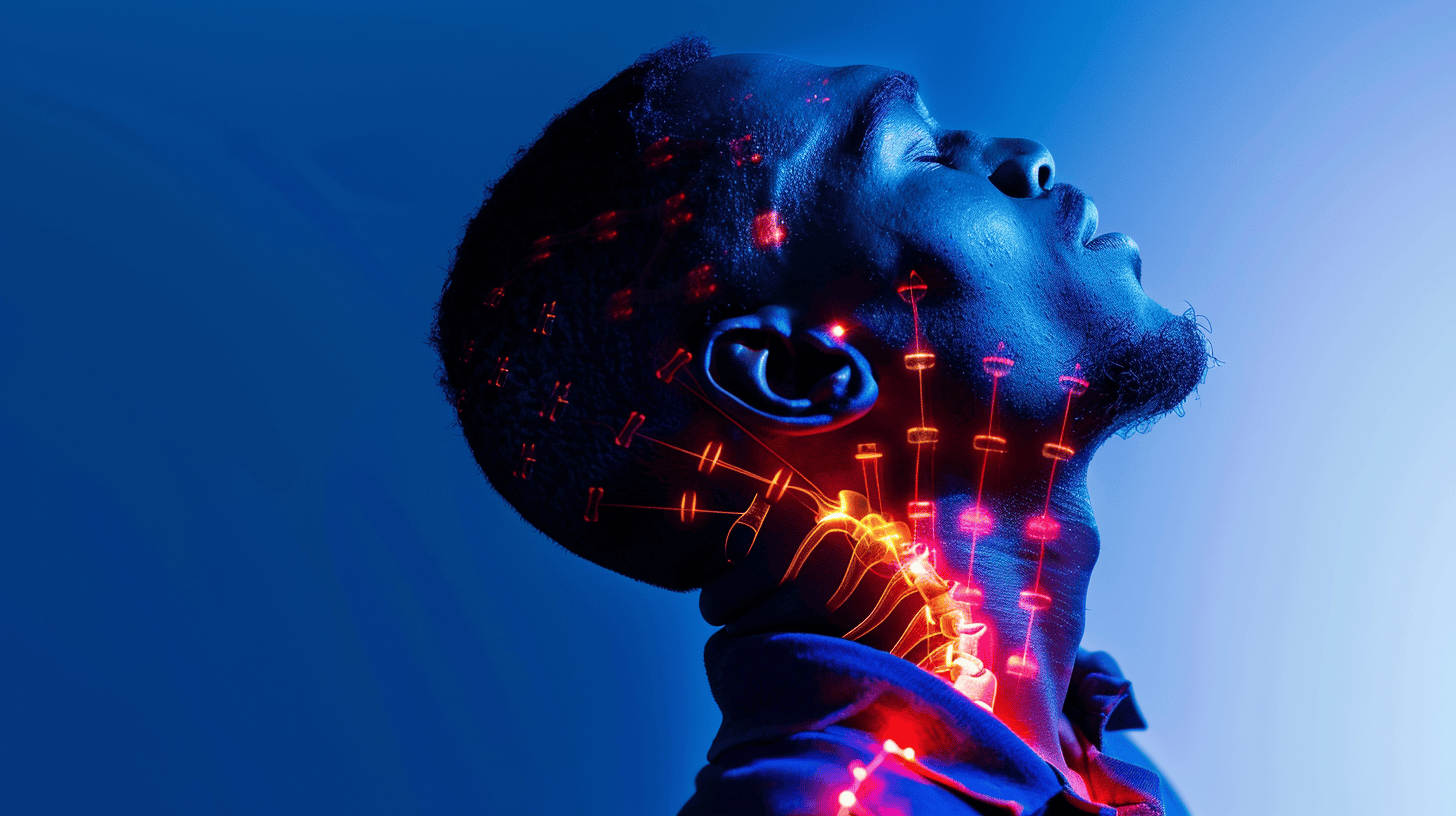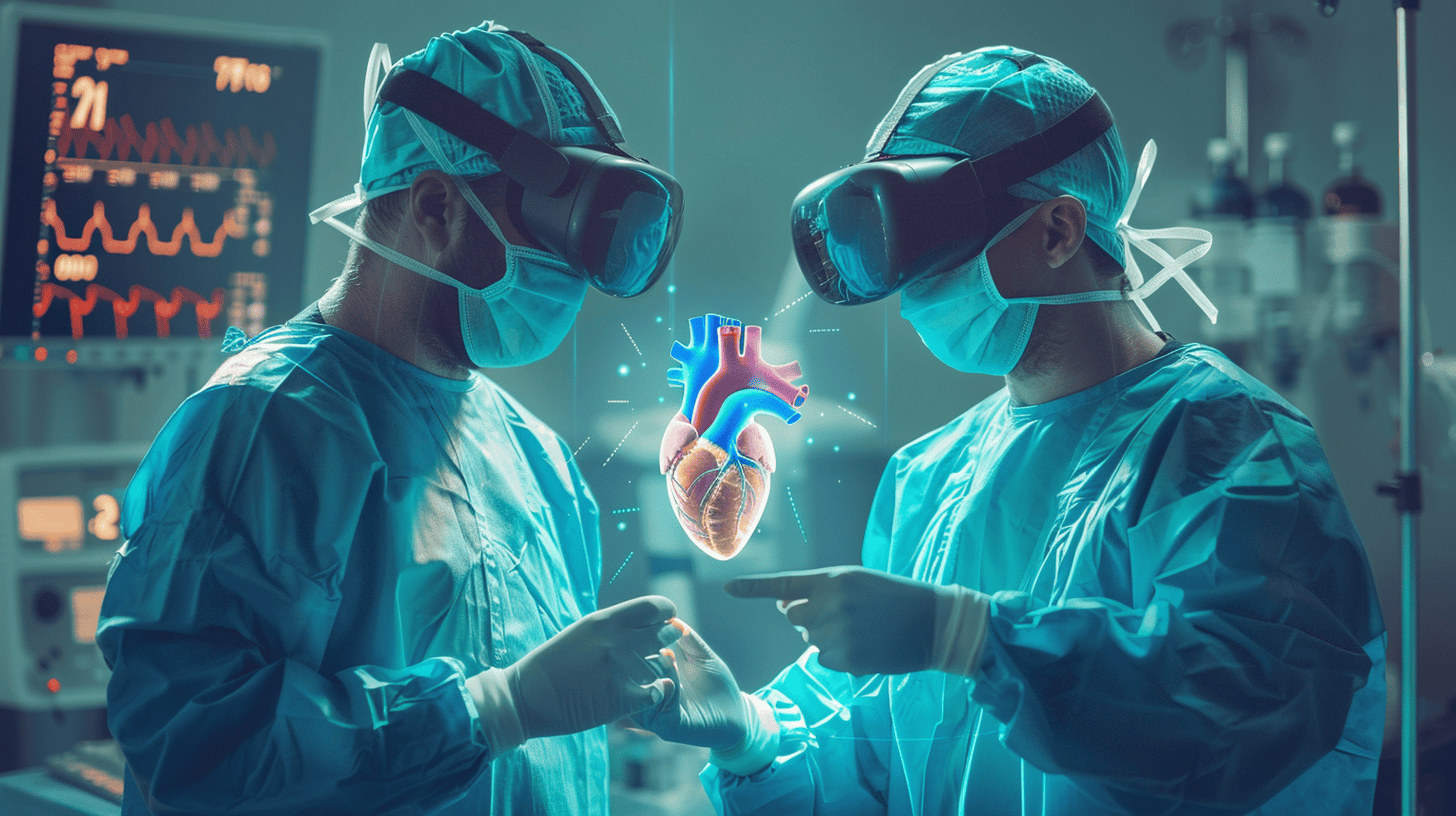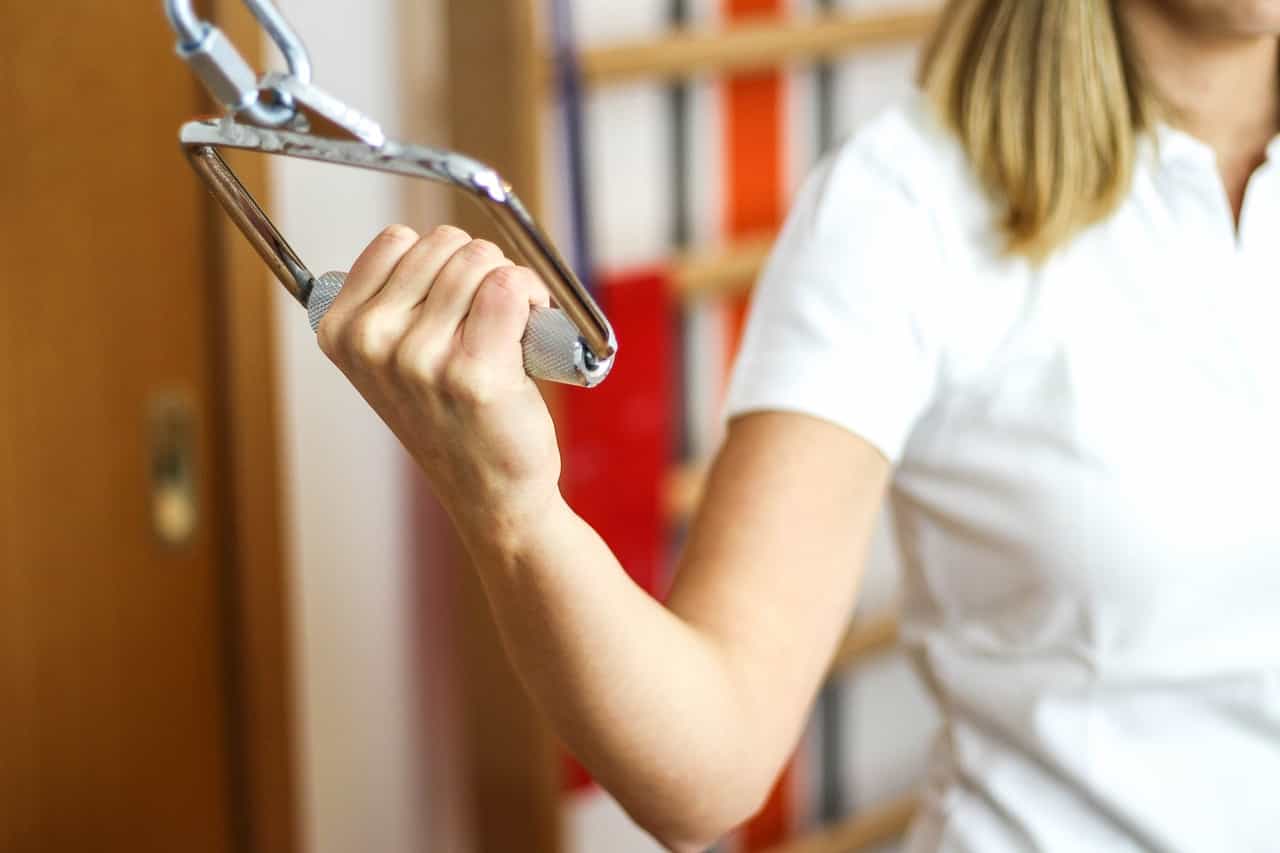
Every year, as many as 1.3 million people are affected by burnout-related symptoms. Healthcare workers, but also employees in many other work fields, often have to work under far too much pressure. Groningen-based VRelax wants to make people in the Netherlands mentally healthier by using Virtual Reality relaxation therapy. Sebastiaan Lommelaars, Marketing Manager at VRelax, told Innovation Origins how it works in actual practice.
How does VR therapy work?
“We help people to relax by offering them extremely low-stimulus virtual environments. During the therapy, you become distracted from stressors such as anxiety and pain. People put the glasses on during working hours and in as little as ten to fifteen minutes, we can already reduce stress levels by over fourty percent.
Our team of camera people created about fifty of these kinds of virtual environments aimed at relaxation. We already knew from scientific literature that nature images work best to help our brains relax. For example, users are taken to a forest, the beach or the Alps. What also works well are images of animals. But ultimately it is up to the user to decide which environment resonates with them best. We see that they often gravitate towards a selection of two or three different environments.”

Who is the therapy intended for?
“We originally came from a healthcare background, focusing on helping patients with mental health issues. This covers a wide range of mental health issues, from anxiety to depression. Gradually we came to realize that the therapy can also be used for healthcare workers. They are under enormous pressure. The corona crisis has only exacerbated that. Our therapy helps to reduce stress. At the moment we are getting a lot of inquiries from hospitals and GGD public health institutions as to whether we can support their staff and keep them vital. We have also added the police and the Ministry of Defence to our portfolio.”
How is cooperation with the police going?
“We have partnered with several units and the police academy, both for staff in the office and some of the blue teams. They have to deal with intense situations in their work, are constantly on alert and work under high pressure. We help them to relax better during working hours, but also at home.”
Do you ever use VR therapy yourself?
“I sit and ‘VRelax’ quite often, sure. But for me it’s still very much work-related. I mainly look at it through a technical lens. Besides, I’m not close to having a burnout, and the therapy is especially effective for those who are in over their heads.”
Has the therapy also been proven to be scientifically effective?
“Yes definitely. During the first Corona wave, we ran a trial at the University Medical Center Groningen (UMCG). There we offered ICU nurses access to VRelax. We were eventually able to collect data from 351 nurses. It turned out that they experienced a stress reduction of forty percent when they used the therapy for an average of twelve minutes. The UMCG also became a major customer of ours after that. Other departments in the hospital are also using our product now.”
How innovative is what you are doing actually?
“Virtual reality has obviously been around for a long time. But the technology has really started to take off in the past few years. This is very important for us, because it actually allows us to ‘fool’ the brain even better. The technology has to be extremely good to be able to achieve that kind of effect, and that has only really been possible for a few years now. Only when you have an all-encompassing Virtual Reality experience can you break free from fears and problems of your daily existence.”
What are your plans for the future?
“We are still growing very fast. We have gone from the start-up phase to the scale-up phase and now have 220 current customers. But we are still in the process of developing our product. Next month, we will have another update with over an hour and a half of new content. Moreover, in the future we want to work with biofeedback. For instance, we want to register the heart rate of the user. This will allow us to monitor stress levels and adjust content accordingly. This will allow us to serve our users even better and help keep our society mentally healthy.”
You can read other stories about Groningen via this link.








